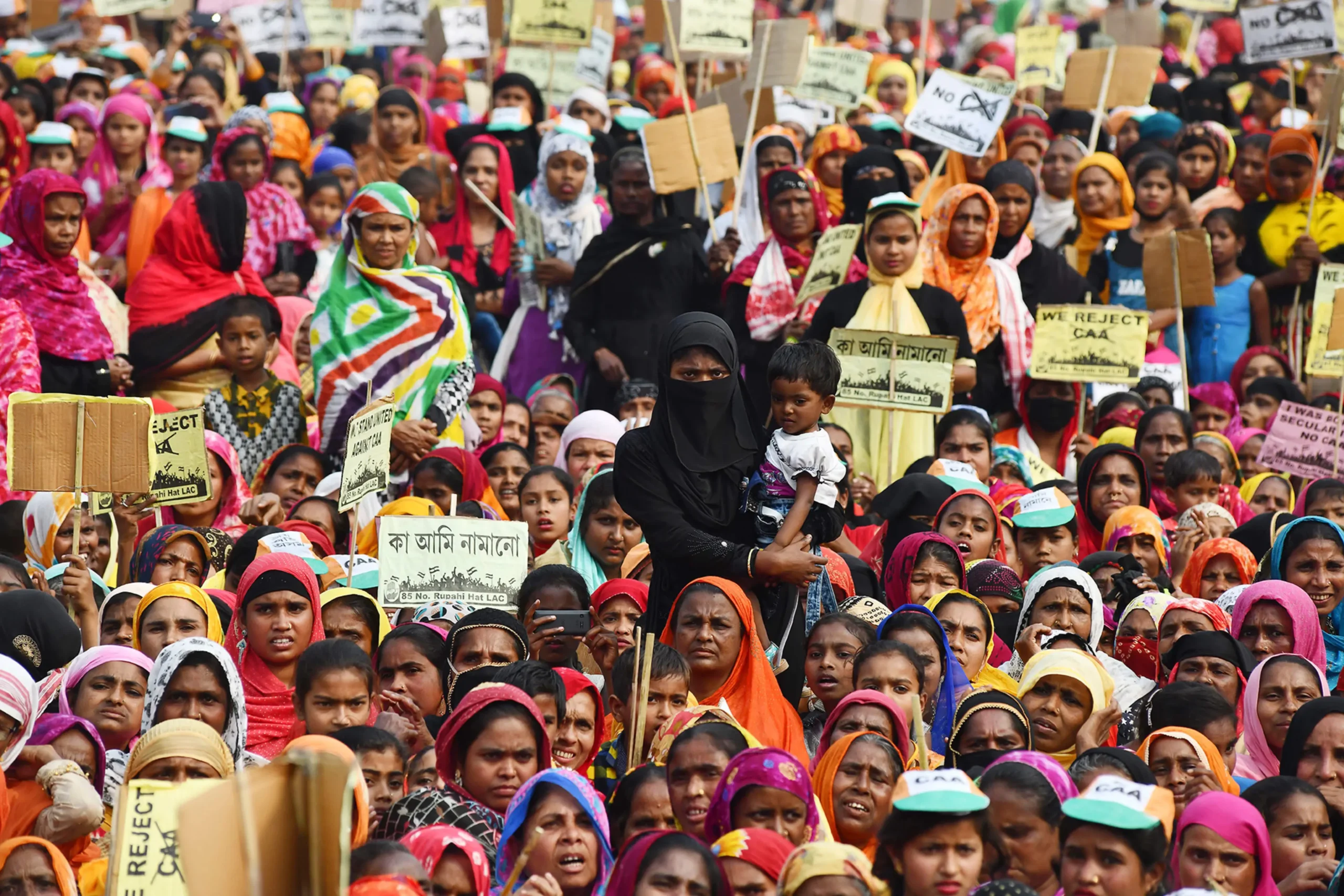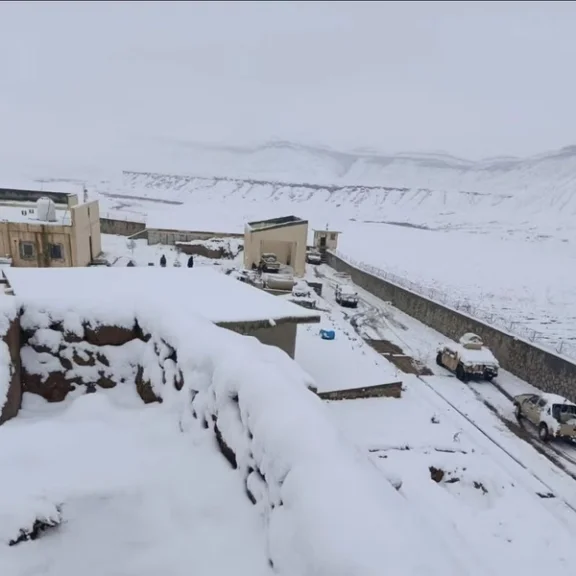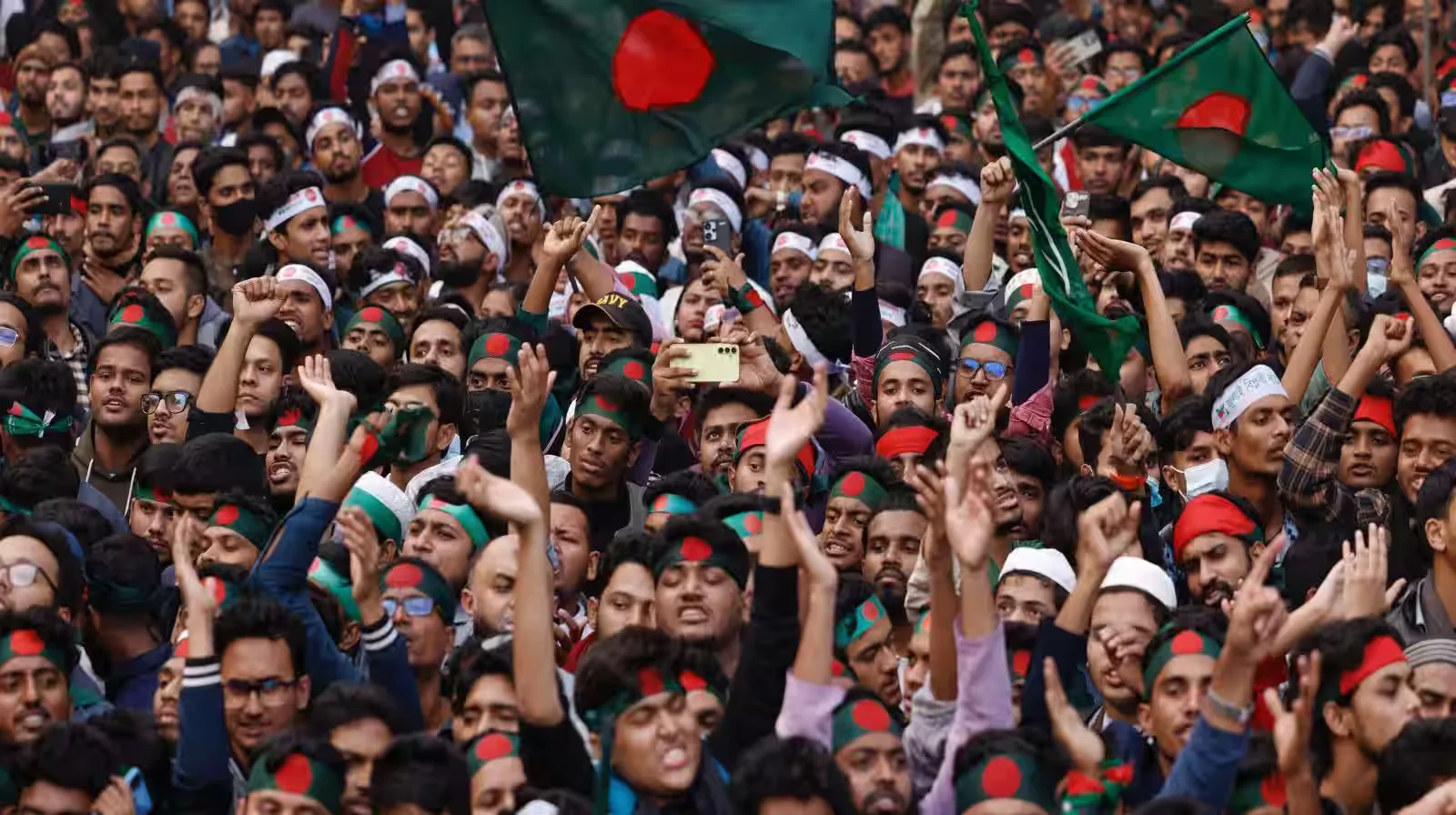In the uneasy balance of peace that defines India-Pakistan relations, a chilling shift in strategic posturing has emerged from Islamabad. A senior Pakistani security official, speaking under anonymity with the South Asia Times (SAT), has warned that Pakistan may abandon its traditional military-only retaliation strategy in favor of targeting India’s economic heartlands in any future conflict.
This development comes in the wake of the May 7 military flare-up, which saw Indian airstrikes on alleged militant infrastructure in Pakistan and Pakistan-administered Kashmir. Pakistan’s swift response—reportedly downing five Indian jets—highlighted how quickly tensions between the two nuclear neighbors can spiral. However, what sets this round of escalation apart is not what happened, but what might come next.
In candid remarks, on condition of anonymity, a Pakistani official revealed to South Asia Times that Islamabad has mapped at least nine major industrial hubs within 400 kilometers of the border—cities that include Ludhiana, Jaipur, Ahmedabad, Gurugram, Amritsar, Jalandhar, Bathinda, Jamnagar, and Vadinar. These are not mere dots on a map; they are the engines that drive India’s economy. From textiles and information technology to oil refining and defense manufacturing, these zones are pivotal to the country’s financial stability.
“They are economic lifelines,” the official noted, stressing that these centers also harbor the financial interests of at least 17 businessmen allegedly linked to the ruling Bharatiya Janata Party (BJP). The implication is clear: should India initiate future aggression, Pakistan’s retaliation may target the very veins that supply lifeblood to India’s economy and, by extension, its political establishment.
This potential pivot in strategy signifies more than a tactical evolution. It is a calculated form of economic deterrence, one that aims to raise the stakes for Indian policymakers by threatening assets that matter most to the ruling elite. The logic is simple, if chilling: a conventional military skirmish can be absorbed; a blow to economic infrastructure, however, reverberates deeper and longer.
Strategically, Pakistan’s messaging is deliberate. It is no longer content with responding bullet for bullet, jet for jet. By threatening economic centers, Islamabad is effectively warning New Delhi: a future war will not be confined to border skirmishes or isolated missile exchanges—it will hit your balance sheets, your supply chains, and your billionaire backers.
This change in posture also marks a broader regional shift. It underscores how economic assets have become entangled in military calculations, a worrying trend for a subcontinent that already faces deep political and social volatility. Moreover, it reflects Pakistan’s belief that traditional military deterrence is insufficient to counter India’s evolving security doctrine.
From a policy perspective, this evolution calls for a reexamination of India’s national security matrix. How prepared is India to defend its economic zones from cross-border threats? Are there sufficient civilian-military protocols in place to shield industrial areas during conflict? And perhaps most crucially, how will India ensure that its economic ascendancy does not become a vulnerability?
In the end, both sides have so far shown a degree of restraint. But the tone coming from Islamabad suggests that patience may wear thin. For New Delhi, the message is stark: future hostilities may not be confined to the skies or the borderlines—they could hit where it hurts most, in the heart of India’s economic landscape.
This is no longer just about troops and territory. It’s about refineries, factories, and financial empires. And in the next war, those may well be the first to fall.
The views expressed in this article are the author’s own. They do not necessarily reflect the editorial policy of the South Asia Times.






